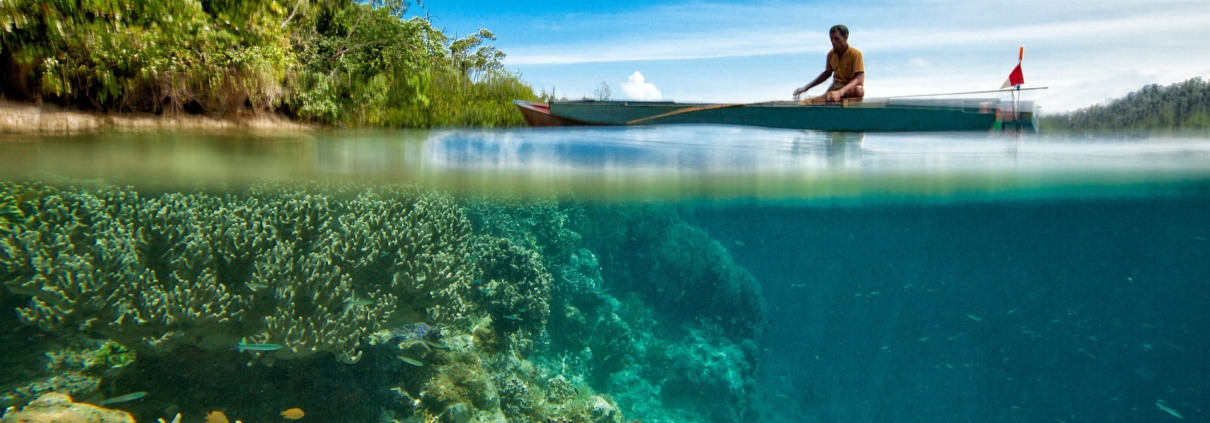The Phyla of the Animal Kingdom
The number of phyla in the Kingdom Animalia is contested, here we will follow BBC in a really cool article where they cover 35 phyla. This essentially means there are only 35 kinds of animals. Take a moment to think about all the animals you know and I want to bet you that they will only cover a few species classified in 4 or 5 of those 35 existing phyla.
To clarify what a phylum is; it is a group of organisms who share a common ancestor and have similar developmental patterns, DNA structures,… Each Kingdom of life is divided into phyla and then again further divided until you reach the species level of classification.
Here is a list of all the existing animal phyla with relevant pictures for those phyla you should be familiar with from your own animal encounter experiences.
- Acanthocephala
- Acoelomorpha
- Annelida
- Arthropoda
- Brachiopoda
- Bryozoa
- Chaetognatha
- Chordata
- Cnidaria
- Ctenophora
- Cycliophora
- Echinodermata
- Entoprocta
- Gastrotricha
- Gnathostomulida
- Hemichordata
- Kinorhynota
- Loricifera
- Micrognathozoa
- Mollusca
- Nematoda
- Nematomorpha
- Nemertea
- Onychophora
- Orthonectida
- Phoronida
- Placozoa
- Platyhelmithes
- Porifera
- Priapulida
- Rhombozoa
- Rotifera
- Sipuncula
- Tardigrada
- Xenoturbellida
This list is organised alphabetically, so not according to the order you might find them in textbooks. Now for the 4 or 5 phyla most of you might know species from; Annelida, Chordata, Cnidaria, Echinodermata and Mollusca.
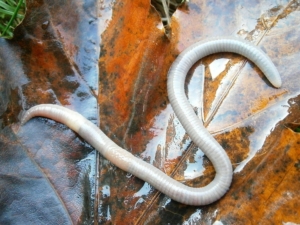
Annelida; this group consists of segmented worms. Anyone come up with earthworms while thinking of species they know? Earthworms belong to this phylum because they have those segmented bodies.
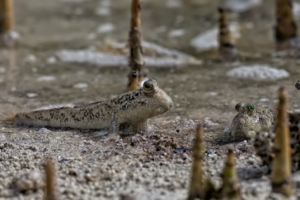
Chordata; Any fish, bird, reptile, amphibian or mammal you can come up with belongs in this phylum. Chordata is the phylum of animals with a backbone, literally those species who have a spine at least at some point during their lives.
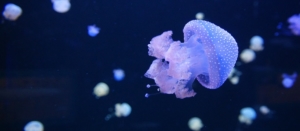
Cnidaria; For any ocean-loving-non-biologists out there (because being a biologist would be cheating for this exercise) cnidaria is the phylum of jellyfish and corals. For those of you who thought corals were plants, they are most definitely not.
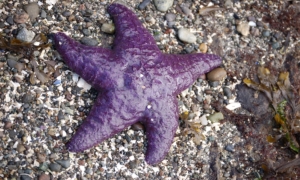
Echinodermata; Anyone think of sea stars or sand dollars? They belong to this phylum. The cool thing about this phylum is that these animals were the first deuterostomes, meaning they develop their butthole before any other hole during their embryonic development. Humans and all Chordates are deuterostomes too! At some point in our life, we were all just a**holes.
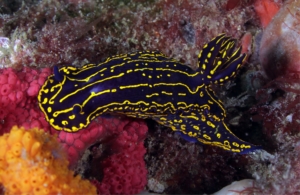
Mollusca; these are one of my favourites because this is the phylum nudibranchs belong to. Nudibranch is a fancy word for sea slug. Bivalves like clams and oysters, as well as slugs and snails belong in this phylum.
This was an incredibly brief intro to the Kingdom of Animalia but can you see the scope and weight of the term biodiversity now? Look at what you knew existed and all the other phyla we have not even mentioned? And this is only one of the Kingdoms.
Let that sink in.
We are connected, there is no way we could not be.
Say it with me, again,… BIODIVERSITY IS IMPORTANT!
Author:
Layla Olefs
Sustainability Manager and Co-Founder of White Green Blue.
Layla is on a mission to create positive impact and to spread awareness about our beautiful home. As a marine conservationist and PADI Dive Master her passion is the marine world and, of course, mangroves. She is the author of our Ecology and Culture blog series. Stephen Olefs, our Community Development Coordinator, is taking the lead in our Green Tech blog series.

